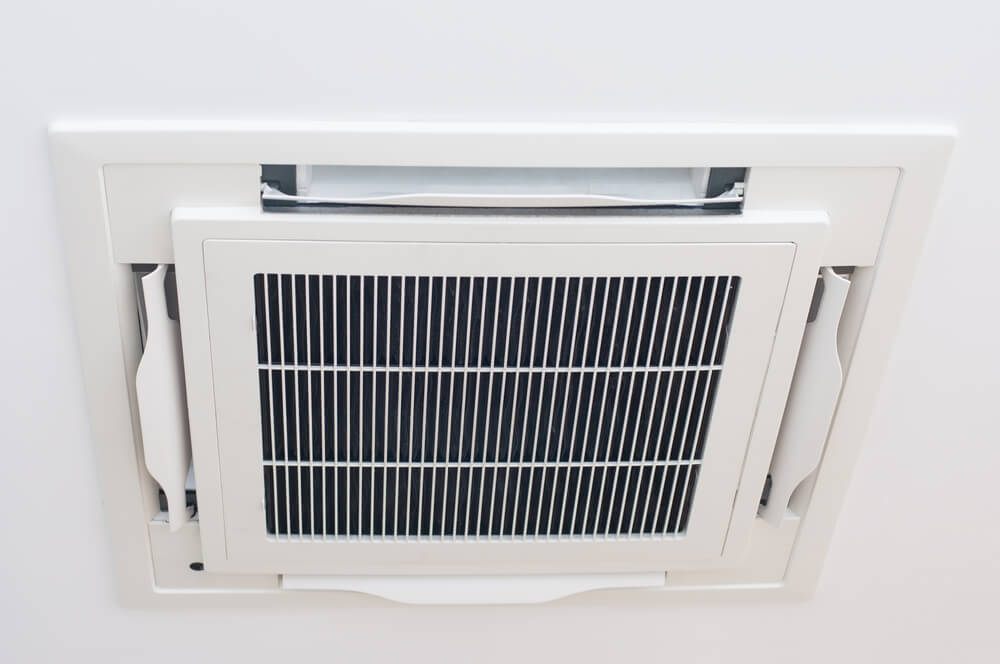To properly function, an HVAC system requires more than simply installing the equipment and turning it on. On its own, an HVAC system will provide heating and cooling, but indoor comfort may not be optimal. In fact, the system may function at a lower level of efficiency than it is designed for, wasting both energy and money. To ensure that your HVAC system is operating at its best, it is necessary to test, adjust, and balance your HVAC equipment. This will ensure that the interior environment is “balanced,” including temperature, pressure, airspeed through space, and other elements.

Testing
As for testing, your technician will assess your heating and cooling equipment, checking that your system delivers the optimal amount of climate-controlled air to the correct spaces or zones within the building. This includes testing the units, air ducts, vents, blower fan(s), dampers, and other equipment incorporated in your building’s HVAC system.

Adjusting
Once testing is completed, your technician will make certain all your HVAC units run efficiently while also making adjustments to ensure the building has a “balanced” climate with each zone or space receiving the proper, controlled air. Adjusting may involve changing temperature settings, opening or closing a damper, increasing or reducing fan or blower speeds, and any other changes that affect the function of the system.

Balancing
Balancing confirms that proportional airflow, heat transfer, and other elements are equalized within terminals, branches, and subsystems. For instance, balancing may involve ensuring that equal amounts of heated air are distributed down two branches of a ductwork system. To balance your system, the technician may need to steadily test and retest the environment, while making adjustments to the HVAC system. The ultimate goal is to ensure that airflow through the building’s ventilation system is not only as efficient as possible but also providing sufficient pressure and climate-controlled air to all spaces and zones within the building.
Benefits of Testing, Adjusting, and Balancing
Testing, adjusting, and balancing may not be required for some residential applications and businesses with small square footage; however, it is beneficial for most commercial spaces and businesses.
Your building’s HVAC system should introduce fresh, climate-controlled air throughout the building, but a poorly balanced system can create stagnant air or poor airflow. Airflow is important in that it deters dust, airborne debris, and commercial chemicals from building up within the work environment. Stagnant air and high-moisture air can create additional problems, potentially allowing mold and mildew to grow.

